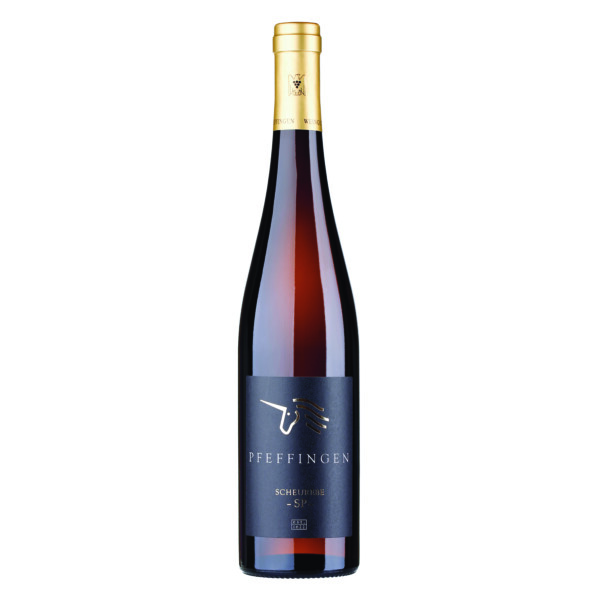Germany (Pfeffingen 2, Bad Dürkheim, DE 67098)
Just outside Bad Dürkheim (which is the center of the German wine route) you find Pfeffingen. Now a small village, surrounded by vineyards, it has long lost its regional importance it once had. When you visit the big church at the village center (it seems nowadays a disproportional reminiscence of the village’s lost glory). Thanks to the prior owners and strategic expansion, Pfeffingen now owns some of the most prestigious vineyards of the region. The Ungesteiner Herrenberg This location was already in 1828 classified as extraordinary and can call itself a Grand Cru. Mineralic, elegant wines with soft fruity fragrance and huge aging potential are grown here. Terra Rossa This is the area where also the Romans cultivated wine. Only here you can find a high concentration of oxidized iron which creates opulent wines with spicy notes and tropical fruit aromas. Ungsteiner Nussriegel (nutty bar) The name derives from walnut trees, that were traditionally planted in the vineyards. It is a frost-free area and produces fruit driven wines with a harmonious acid structure.
Already in 1622 Kaiser Rudof II of Habsburg, granted the family their crest with the unique Unicorn. Members of the family moved to the Palatine, where they started producing wine for the last 250 years. In 1931 Karl Fuhrmann and his wife Helene bought Peffingen and made it to one of the most prestigious wine producers of Germany. In 1991 their daughter Doris was at the helm and in 2002 her son Jan is now in charge of the celler, while she is still looking after the wines. Pfeffingen goes back to 500 AD and was the center of a settlement in the area. This explains the enormous importance of this litte village, as it was, not only the commercial and spiritual center of the region, the mother-church, St. Peter, had 3 smaller chapels in the area, but it was also the seat of the court, prison and graveyard. But there is an even more exciting story that Jan told me when we had a walk through the vineyard. Some years ago the foundations of a building were discovered while creating another vineyard. It was old, so archaeologists came to investigate. They came to the conclusion that the foundations dated back to Romans times and thought that it may have served as a warehouse where taxes in form of produce were collected and stored. Nearby they also discovered a burial site and by excavation, they also found grave donations, among them, grape seeds. They were analysed and the DNA was compared to existing plants, showing that they are related. So we had a wine in our glass, that might have not been so different than that of a Roman sitting and sipping here 2000 years ago.
“If you think you are too small to have an effect, then try to sleep with a mosquito in the room” Dalai Lama This is one of Jan Eymael’s proverbs when he tries to explain his approach on sustainability. After his formative years as a winemaker (that included the university of Geisenheim and work experience in California, Australia and the Bordeaux region) he became cellar master in 2002. With his traditional approach of wine making and his passion for quality, he wants to produce wines of which their origin can be identified by taste.

